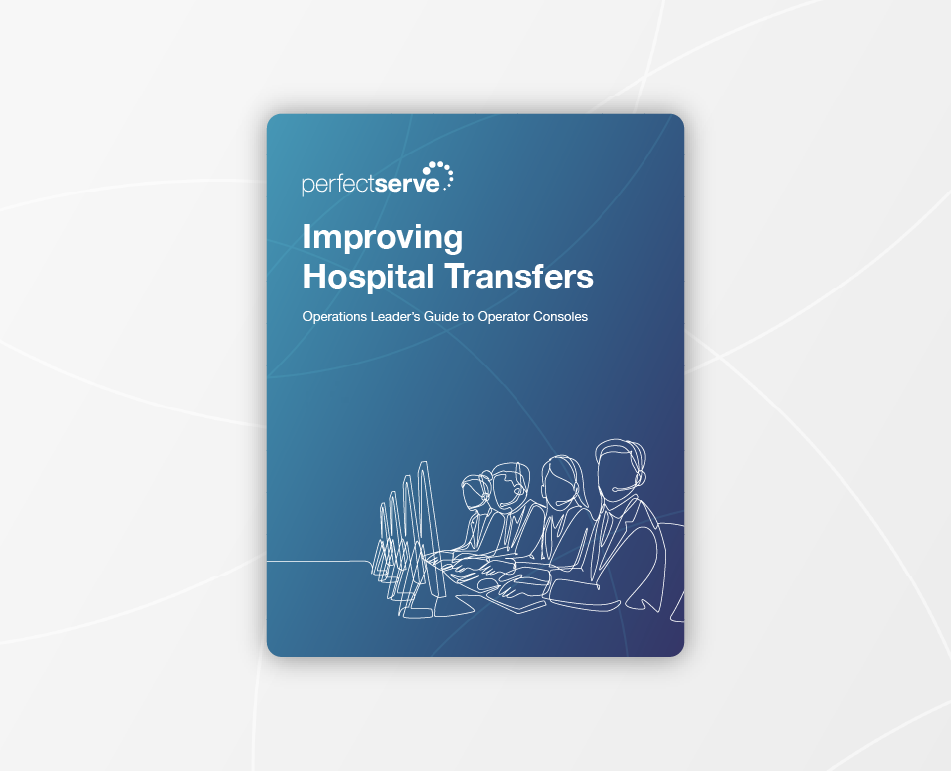Operating Room Management: Scheduling and OR Efficiency
TABLE OF CONTENTS
Operating rooms (ORs) account for roughly 60% of a hospital’s revenue,1 but they also represent the largest hospital cost category.2 As a result, effective operating room management can make or break the financial stability of your hospital. Yet, many operating room managers and staff lack the technology needed to optimize OR utilization, including physician scheduling software and exam room scheduling tools.
Improving Operating Room Management
Many hospitals target “on-time first case starts,” meaning the first operation begins on time with no delays, as a baseline for using operating room time most efficiently.3 Delays in first case starts can delay OR operations for the remainder of the day, frustrating patients and surgical teams. For diligent leaders, the essential first step to streamlining processes that get patients, surgeons, and equipment to the operating table on time is to evaluate how clinical teams and cases are scheduled.
Implementing the right provider scheduling and operating room management system can help hospitals and health systems holistically address OR efficiency. An advanced solution will also arm clinical and operational leaders with the data they need to track progress and set benchmarks for success. Investing in comprehensive scheduling technology can maximize the operational efficiency of your OR, increase patient access, improve patient throughput, and increase revenue.
Four Ways Physician Scheduling Software Improves Operating Room Efficiency
1. Digitizing Provider Schedules for Real-Time Visibility
Without proper scheduling technology, clinical teams can have trouble accessing the latest schedule and keeping it up to date. As schedules are updated, different versions of the schedule can linger and create confusion for both clinicians and administrators. A digital scheduling platform increases schedule access by making real-time schedules available on any device 24/7.
Hospitals and health systems that deploy a single digital scheduling solution across the enterprise can further streamline operating room management and efficiency by giving OR managers, directors, and others one place to see schedules for all clinical staff moving in and out of the OR.
2. Automating the Scheduling Process
Based on client data, we estimate that each specialty department in a hospital spends roughly 291 hours building and managing shift schedules. Much of that work is delegated to physicians and clinical leaders who know the ins and outs of their departments’ schedules. Automating the schedule-building process with a rules-based scheduling solution frees up physicians’ time so they can get back to revenue-generating patient care.
3. Leveraging Data to More Efficiently Manage Resources
A schedule becomes a tool for resource optimization when organizations can analyze and compare historical staffing patterns and create future schedules that align staffing with patient demand. The result? Efficient use of capital resources and more productive, satisfied staff. Prescriptive analytics can give organizations insight into patterns of provider supply and patient demand on a daily, weekly, monthly, or seasonal basis. Supply and demand patterns help leadership optimally allocate resources as needed for certain surgical services, allowing organizations to cut waste, increase patient access, and avoid patient leakage.
4. Improving OR and Exam Room Scheduling
The right scheduling tool can provide the proper utilization metrics to set benchmarks for improving operating room management and efficiency. With real-time visibility into OR availability, turnover times, and openings, users can best schedule providers and surgical teams directly into specific operating rooms.
OR Outcomes: Optimal Utilization and Increased Revenue
Advanced provider scheduling allows for an improved OR management workflow, which leads to increased efficiency, optimized resource utilization, and more revenue. Here are three ways advanced provider scheduling can further improve outcomes of OR cases:
1. Reduction of Errors and Improved Operational Efficiency
Automating the scheduling process saves time and reduces the risk of human errors that lead to empty rooms, double bookings, and other inefficiencies that cost time and money. With real-time schedule availability, your staff can waste less time on back-and-forth communication about open rooms and scheduling.
2. Improved Patient Access and Patient Experience
By reducing errors and optimizing the scheduling of clinical staff and operating rooms, better scheduling software helps ensure your patients receive timely care, have fewer delays, and experience less frustration. An ideal solution will also allow your team to identify gaps and opportunities in your OR utilization—improving patient access and generating additional revenue for your hospital.
3. Increased Provider Satisfaction and Retention
A scheduling solution can eliminate many of the frustrations providers experience when it comes to their schedule, including inconvenient errors and the struggle to find the latest version of the schedule. When operating room resources are optimally utilized, physicians can see more patients, leading to more billable services per provider.
The result of better OR scheduling? An overall increase in revenue and profitability for your hospital. With the proper technology, your organization can increase patient throughput, reduce overhead costs of underutilized operating rooms, and improve OR efficiency.
Watch the video linked below to discover how one health system leveraged our scheduling software, Lightning Bolt, to uncover hidden resource availability and maximize its utilization of exam rooms and operating rooms.
- Analysis of the US and EU5 Hospital Operating Room (OR) Products and Solutions Market, Forecast to 2022, Frost & Sullivan, May 2019: images.discover.frost.com/Web/FrostSullivan/%7B633567b3-e18e-4fd3-82d8-bd6fd5bfc13f%7D_MDD8_Preview.pdf
- Where Are the Costs in Perioperative Care?: Analysis of Hospital Costs and Charges for Inpatient Surgical Care, Alex Macario, MD, MBA, Terry S. Vitez, MD, Brian Dunn, BA, Tom McDonald, MD, Anesthesiology—Vol 83, Pages 1138-1144, 1995: pubs.asahq.org/anesthesiology/article/83/6/1138/49/Where-Are-the-Costs-in-Perioperative-Care-Analysis
- 7 of the Most Important Metrics for Measuring OR Efficiency, Becker’s Hospital Review, Jan. 19 2012: beckershospitalreview.com/or-efficiencies/7-of-the-most-important-metrics-for-measuring-or-efficiency.html




